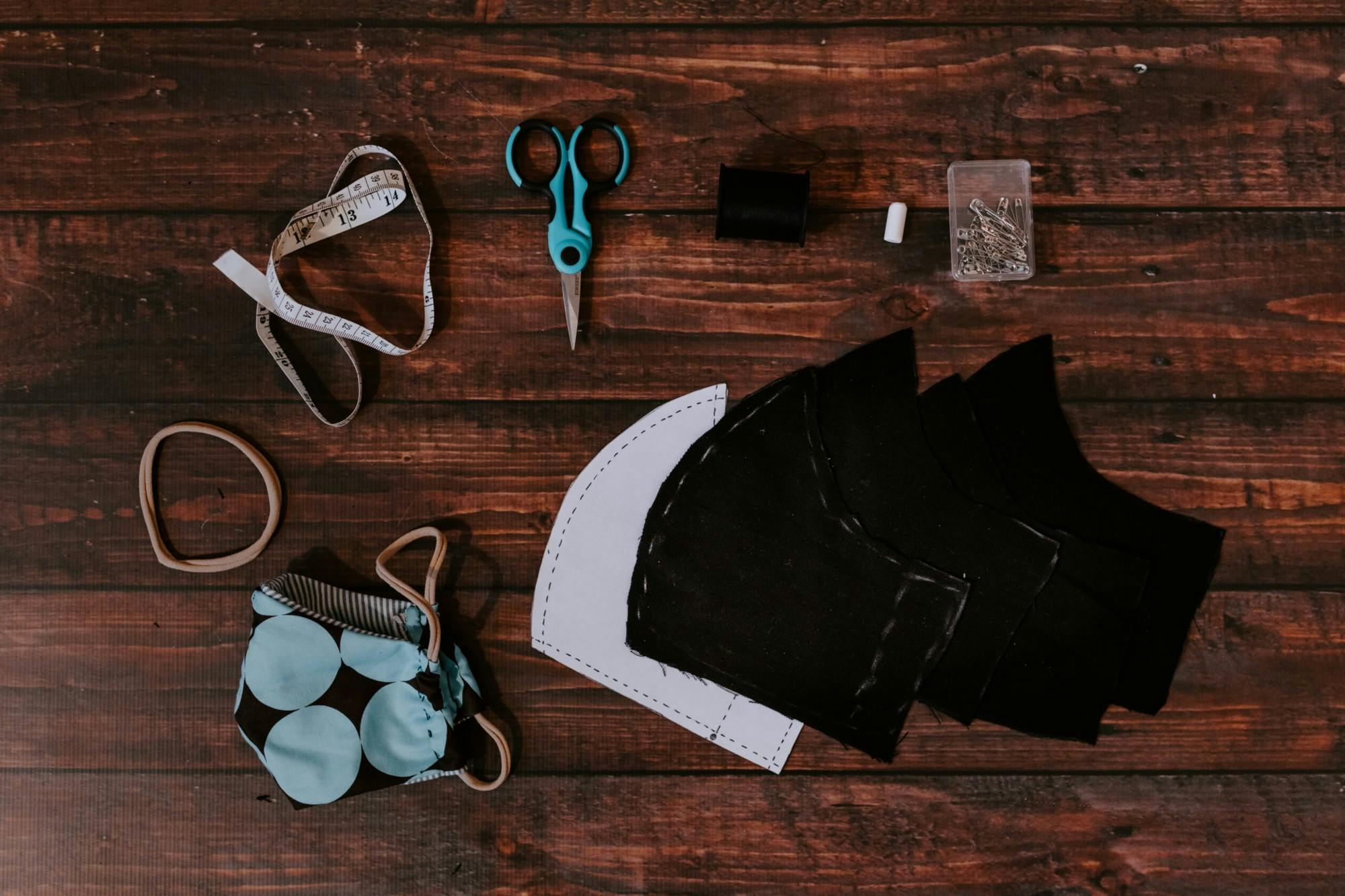I made a mask today. It was hard, and not just because I’m not crafty, but because of the emotional turmoil it represented. For more than a week, I resisted and fought this weight on my shoulders that never left the recesses of my mind. Then, slowly, as I worked on it with the help of my 16-year-old, I pushed through. After we made the second mask, I felt a palpable relief.
Stages 1 and 2 – Denial and anger
I have never liked masks – not even at Halloween. I like to see people. I’m that person walking towards you on the street looking you in the eye and smiling. Putting on a mask feels hidden and makes it harder for me to see you. But there was something more about my resistance to this, and it was bothering me. Part of it was knowing I had to do it, and when I have to do something, like taxes, I feel boxed in. But it also had to do with accepting this is the new normal and trying to figure out how I’ll connect with others while wearing a mask. I first realized how much I was fighting. This was when my sister proudly shared the masks she made. She lives in the Bay Area in California, and they seem to be weeks ahead of everyone else in their pandemic journey, so it was a signal to me of what was coming. It took her all weekend. She even built one that could contain a filter. I kept thinking, “Why? Why must we wear these if we aren’t supposed to go anywhere? Shouldn’t we be staying at home? I don’t want to have to spend my entire weekend making these!” I was like a petulant child, arms folded and inwardly stomping my foot.
Stage 3 – Depression
Resigned, my first step was getting the sewing machine my mom stores at our house out of its box. It then sat on a table in our basement, haunting me for a week. The last time I tried to sew, I broke the needle clean off, so I was weary. I then thought to look for fabric, knowing my mom always keeps scraps from previous projects together in a bin. I found some, but I kept them in an opaque bag next to the sewing machine and ignored it.
As the weekend approached and my husband was going to take a trip to the grocery store, that is when I came to terms that we needed to make these masks. His trip two weeks prior, he used a ski neck warmer, which made him sweat, and he didn’t want others to be afraid, thinking he was sick. I announced to the family on Friday that we needed to make the masks that weekend. My daughter Angela offered to help. She took a semester of fashion design during her freshman year and was confident she could thread the machine. After lunch on Saturday, we got started.
Stage 4 – Bargaining
My first instinct was to use the pattern on the Centers for Disease Control website, but Angela suggested we watch a video. We found one and got to work. I was so grateful to tackle this project with her, as it meant I wasn’t alone in figuring this out.
Each step was a learning process. I found all my mom’s carefully organized materials: elastic, scissors, thread, hem ripper. My mom, 3,000 miles away, was showing me the way and giving me courage.
Stage 5 – Acceptance
Now that the machine was prepped, we got all the other things needed for our project (iron to press the fabric, ruler, pencil) and got to work. The first mask took a while, but once we finished and tested it on my husband, we were off to the races! I handled measuring, cutting, and pressing, and Angela did the sewing. We churned out three more masks, and then a fourth, just in case. I was so proud when we were done.
Throughout this past month, I have remained surprisingly calm and able to stay mostly positive, so after the mask making afternoon, I reflected on why this hit me so hard. It came down to accepting that we are in this for the long haul. Besides going outside on walks, I haven’t been anywhere. I don’t even know if I’d recognize the grocery store. And when I do go back, I think that’s going to be another shock to the system and another moment of acceptance. I’m grieving the world I once knew, how quickly it changed, and the missed opportunities. I’m hopeful that my acceptance of this new normal means I’m open to exploring options and moving forward. And I’m going to keep trying, one day at a time, to meet the new normal head-on.
I’m sharing my experience as a way to connect, removing my own mask so we can let each other in and connect over our shared experience. If you have yet to make your own mask, I’m here to say you can do it! Ask for help from family you’re at home with, or a friend or family member you can call.
